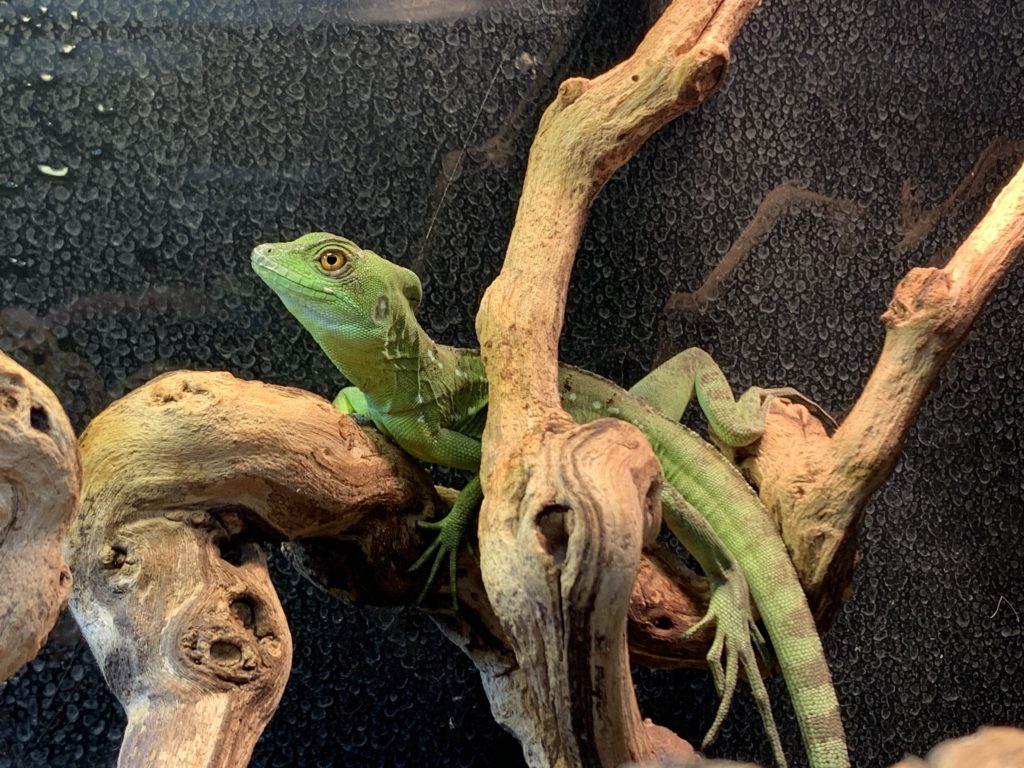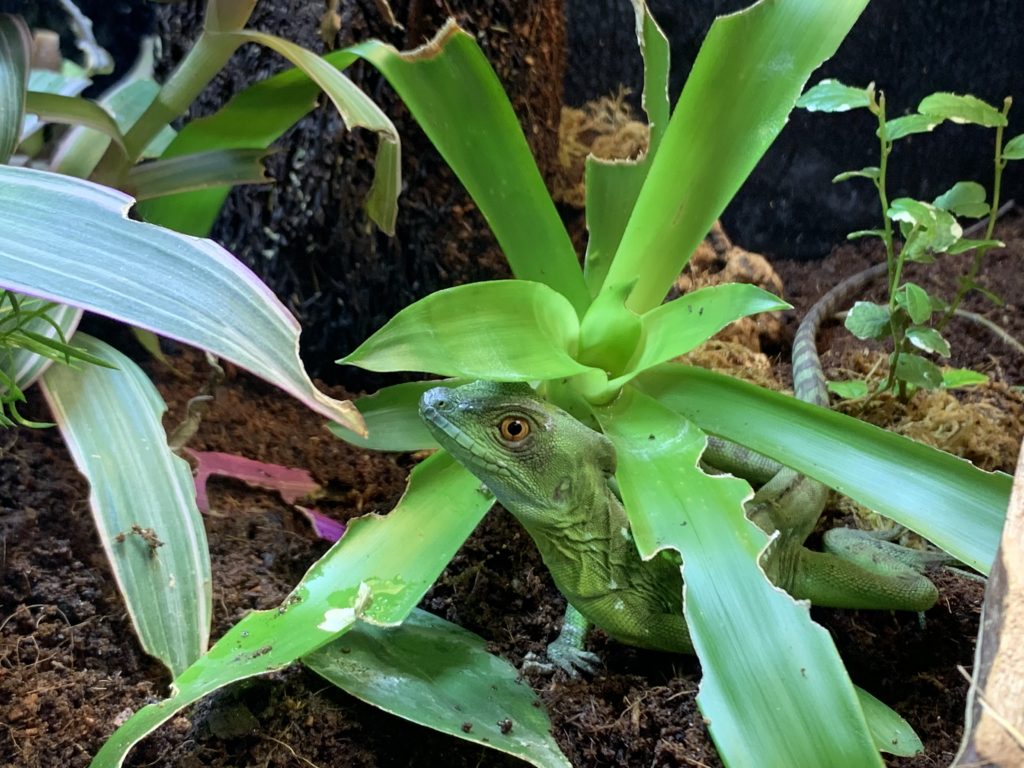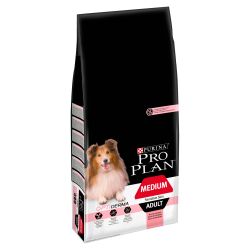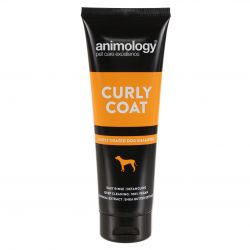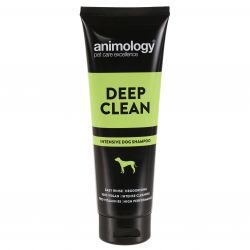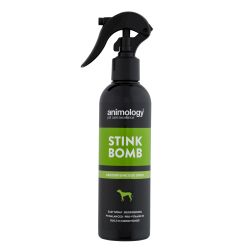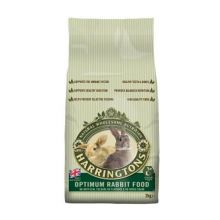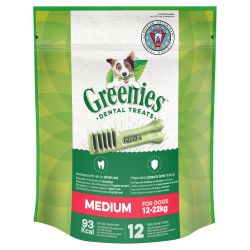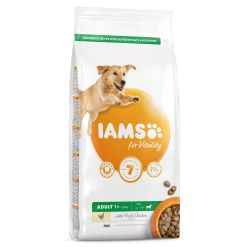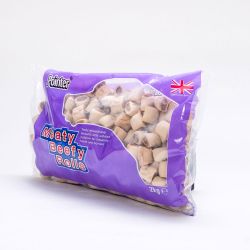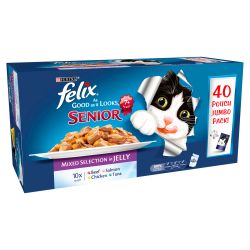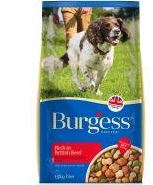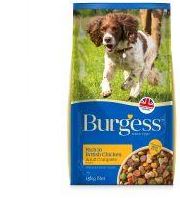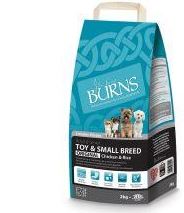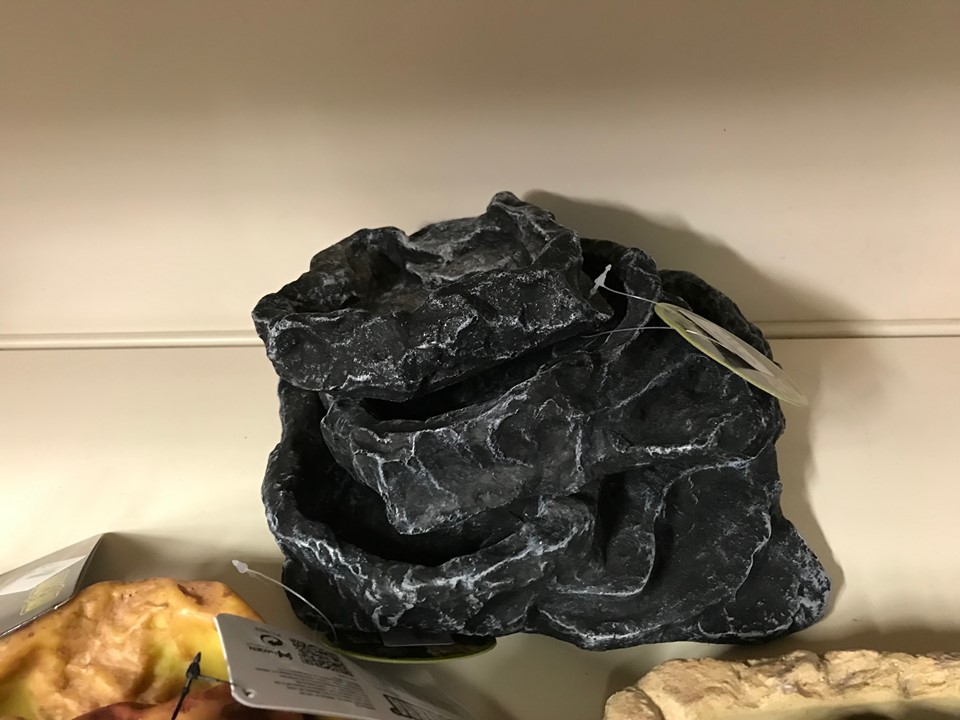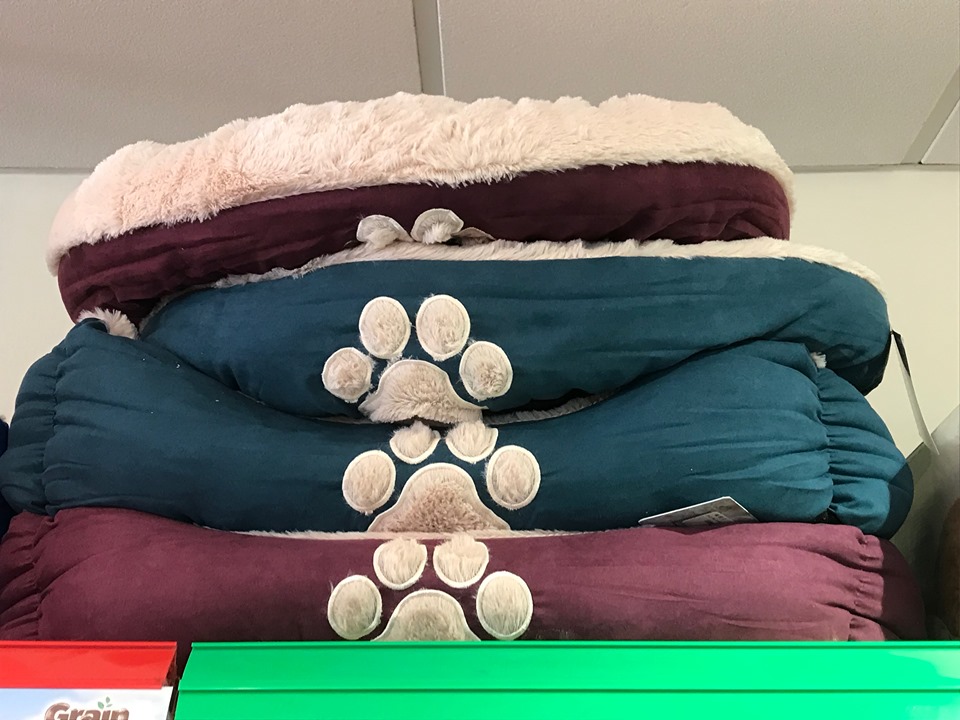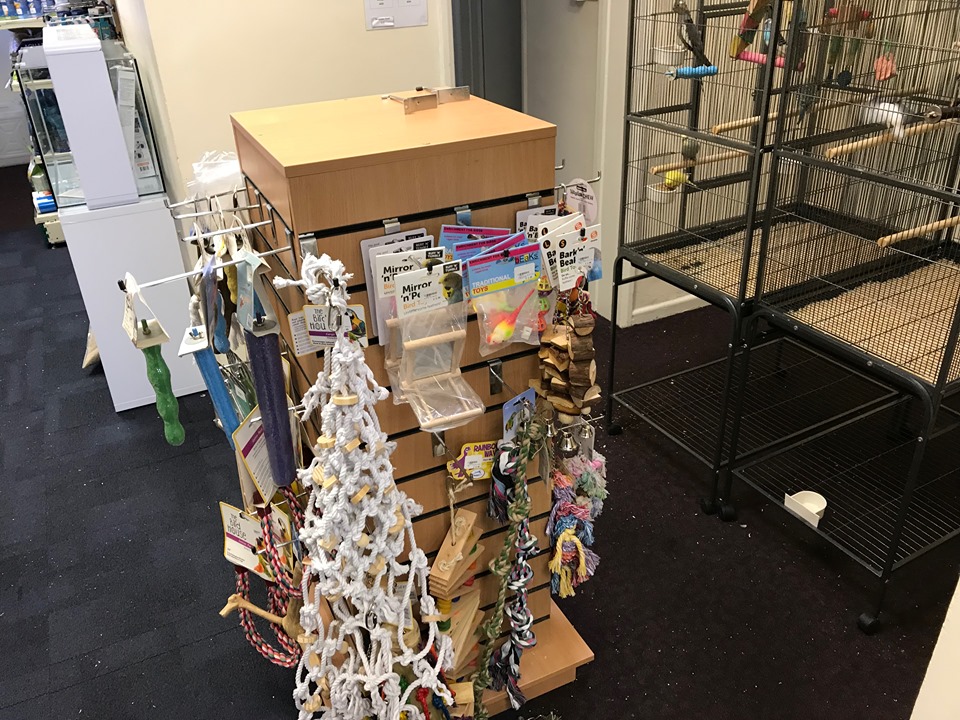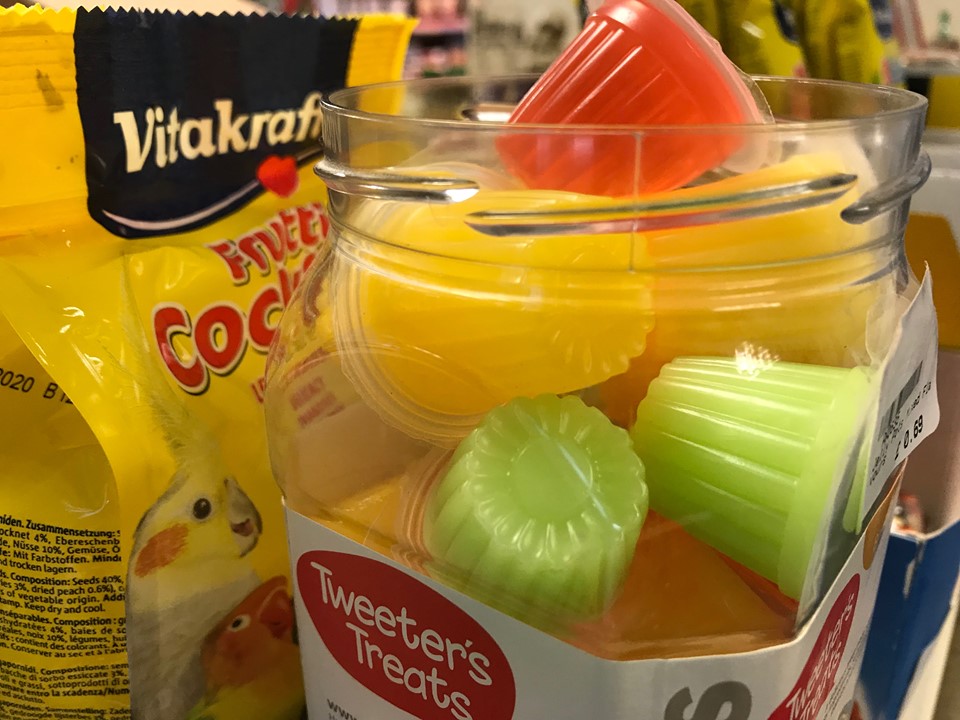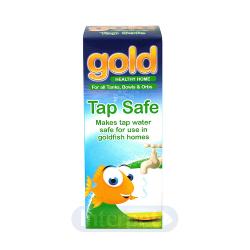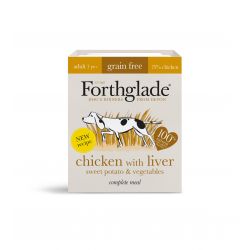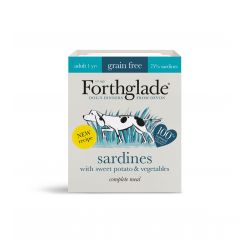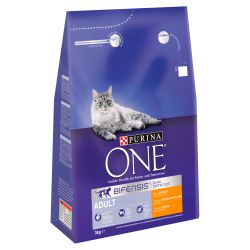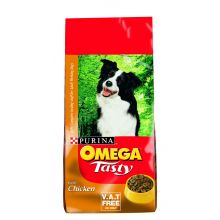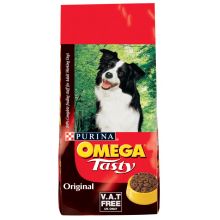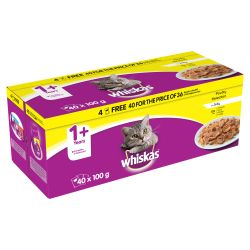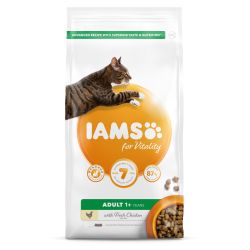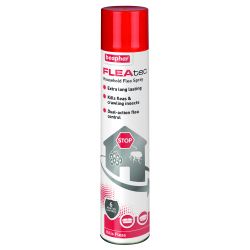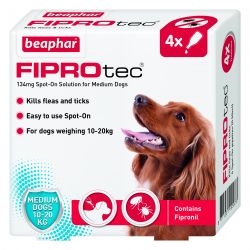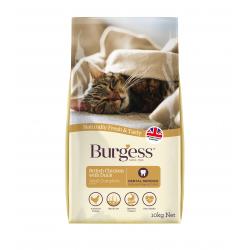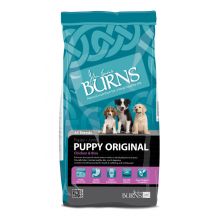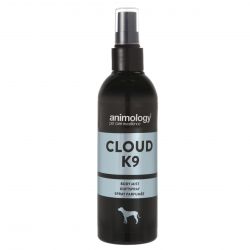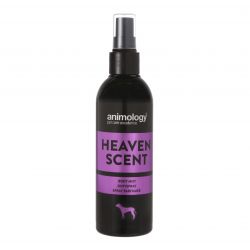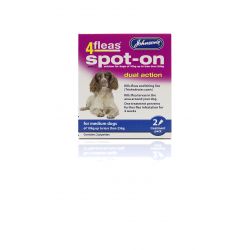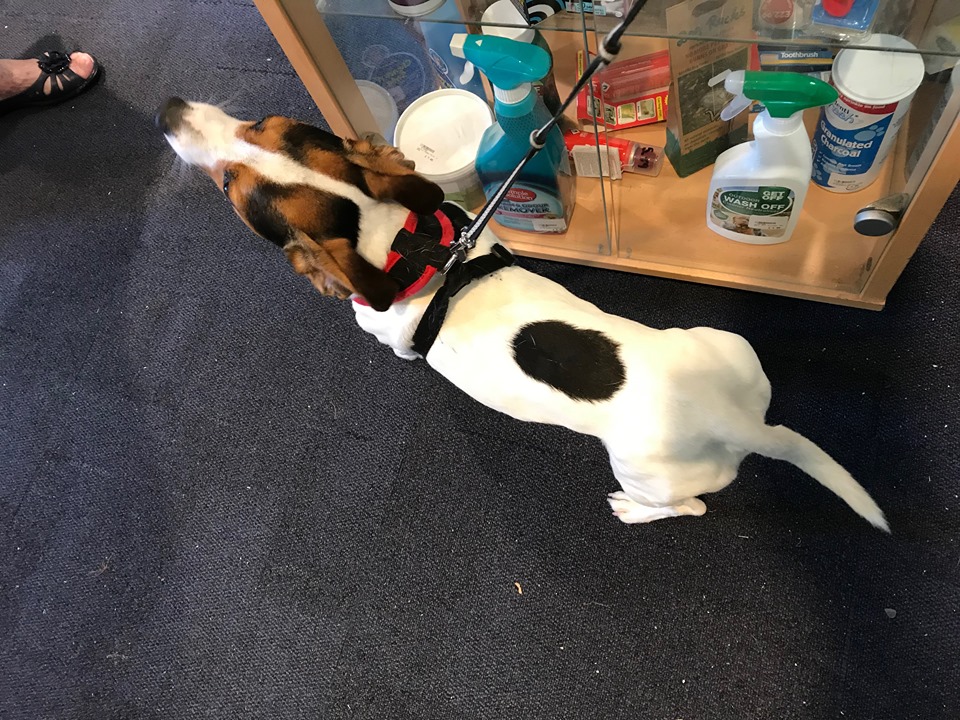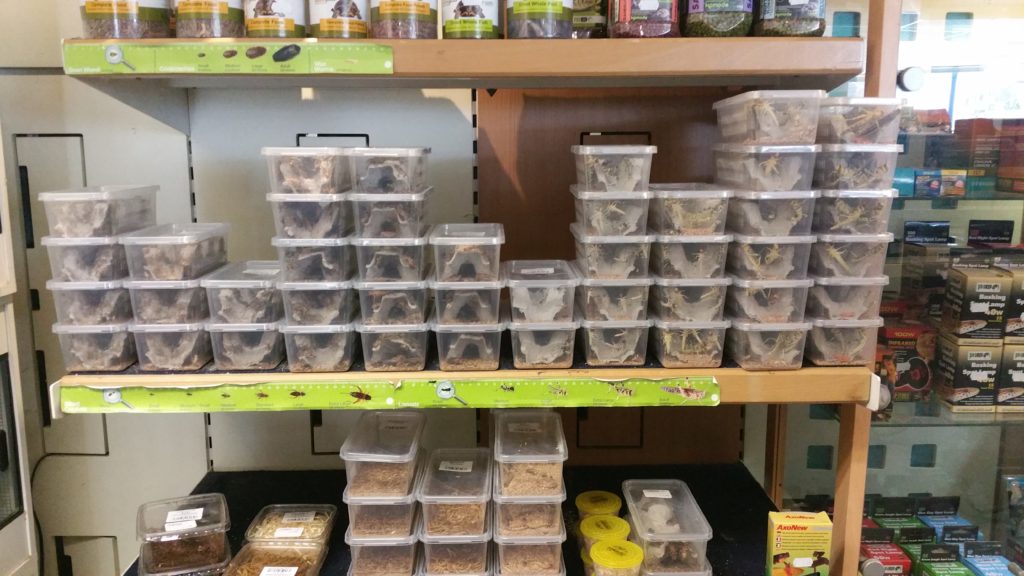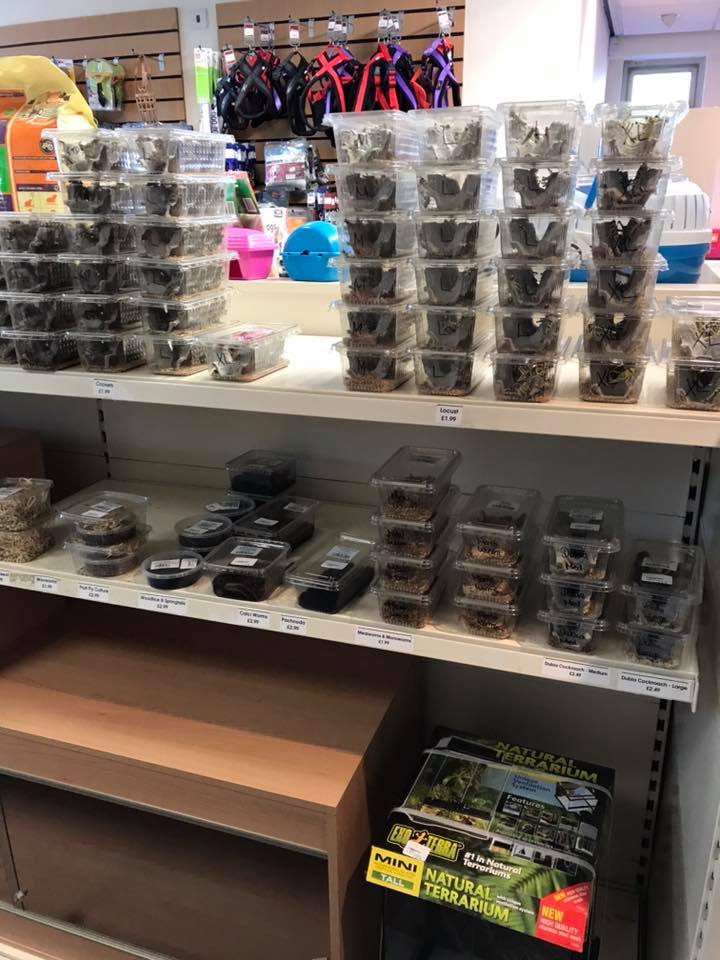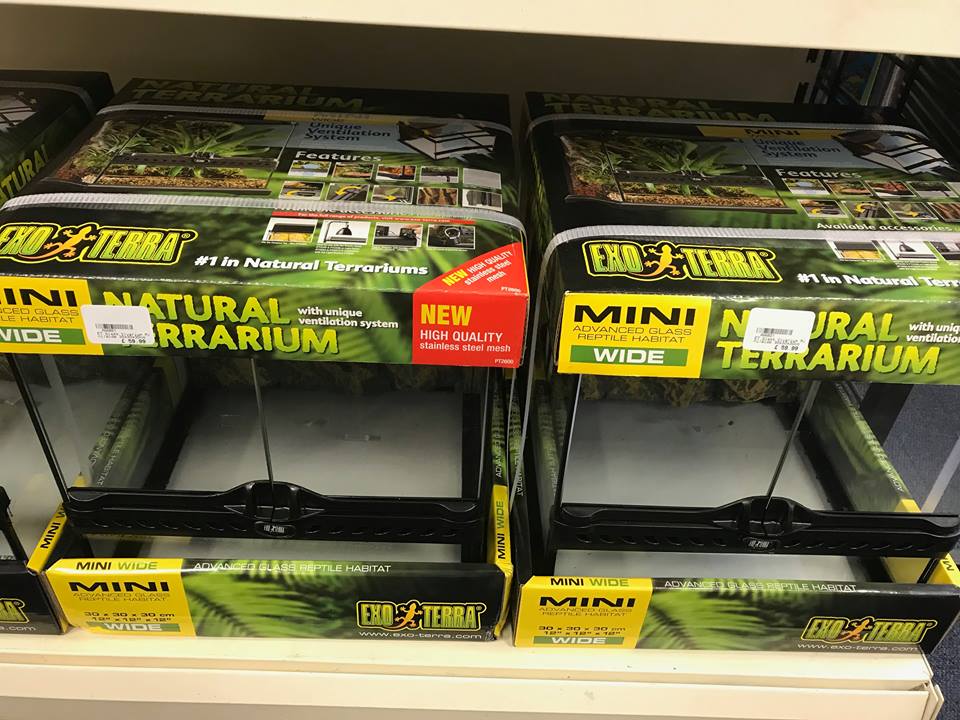The largest of the 70 or so species/sub species of the Phelsuma genus. This fascinating bright green, usually red spotted, arboreal gecko comes originally from the north area of Madagascar. As the name suggests this is a diurnal (active by day) lizard. It feeds mainly on insects, smaller vertebrates and some nectar. The Madagascan Giant Day Gecko hunts through the branches and leaves and has the lamellar pads on their toes that make geckos (some) famous for being able to climb vertical surfaces and even hang up side down from leaves and ceilings. In captivity they have no problem running round the glass sides of a suitable vivarium. Anyone considering a bioactive set up would do well to consider the day geckos. I had this set up myself with a breeding pair of Giant Day Geckos (Phelsuma grandis) and it looked the business.

Housing
The Madagascan Gian Day Gecko is arboreal so height is as important as floor space. The larger the enclosure the better but as a minimum 60cm long by 60cm high. They can grow up to 30cm (male) although not always. Females are usually a couple of inches smaller. As already stated, they are very agile. They can also be very fast and will shoot out through an open vivarium door if you’re not careful. If they do then you are left chasing a very quick lizard around your walls and ceiling, at my age not that easy. They are known for being escape artists, you have been warned.
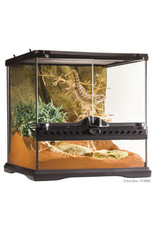
If using a wooden vivarium you will need to ensure it is well sealed. These are tropical/sub tropical lizards and the humidity will blow the panels if not properly sealed. I prefer glass for these and similar animals because they are better suited to to the humidity and for spraying the plants and gecko with water. Also, unless you are using some sort of tray liner, wood or more properly melamine) is not suitable for a bio active setups. There are at least four readily available brands of glass vivarium/terrarium currently in the UK (and we have accounts with all of them) and a host of custom builders.
Heating
Madagascan Day Geckos are tropical/sub tropical lizards so some form of heating is essential to the continued health of the lizard. Which ever form of heating is used, a temperature gradient across the vivarium will allow the gecko to thermoregulate. Nearly all reptiles are poikilothermic. That is their internal body temperature varies with the temperature of their surroundings (unlike us homeotherms who maintain a stable internal body temperature). They need a hot end (30-32C in the basking area) and a cold end (24-25C) with a gradient in between so they can position themselves to warm up and cool down as required. There are a variety of heating products on the market that can achieve this but I will just outline one method here (with variation depending on budget) as it is the one I tend to use.
A heat mat, mounted to the side of the vivarium to give background heat. This can be left on day and night and connected to a thermostat to switch it off if temperatures get too high (more likely in the day time – why will be clear in a second). A second heat (and light) source, at the same end as the heat mat, mounted above the mesh of the vivarium lid, in the form of a basking lamp. This gives a “hot spot” for the gecko to bask in when it wants to warm up and if a UVA lamp is used it also helps stimulate natural behaviour and colour in the lizard. This lamp is only on during the day giving a day/night difference in temperatures.
Alternatively you could put the basking lamp on a dimmer stat. (dims it down if it gets to hot by reducing the voltage applied to the lamp, which has the added benefit of prolonging lamp life) and have a smaller mat on all the time for background heat. The second method gives finer control but a dimmer stat. is twice the cost of a mat stat. so… As long as the Madagascan Day Gecko is protected from over temperature, either will work fine. If using a wooden vivarium, all heat sources would need to be on a thermostat of some description as wood is a good insulator and will keep the heat in. Glass vivariums usually have mesh lids. Heat rises and escapes so the chances of dangerously high temperatures is much reduced.
Only house one male in an enclosure as males will fight. If housing a male and female together ensure you have a large enclosure with plenty of furniture to ensure the female can avoid the male when she wants. Constant attention form the male will at best cause distress and at worst physical injury.
Lighting
Most of the food you are going to feed to your Madagascan Giant Day gecko is going to have a poor calcium/phosphorous ratio, namely live insects. This imbalance can be corrected by supplementing the diet with calcium in one form or another. However unless the correct levels of UVB light are supplied then this dietary calcium remains unavailable to the gecko. Animals (us included) use light in the UVB range of the spectrum to synthesize vitamin D3 in the skin. Vitamin D3 is used to metabolize calcium in the diet (and as we are all aware with the COVID pandemic, by the immune system). No vitamin D3, no calcium absorbed from food. The body then goes on the hunt for calcium as it is required by the nervous system and it will start to rob it from the only source left to it, the bones. This leads to a horrible, debilitating disorder called “metabolic bone disease”. The bones start to go thin and even bendy. Mild cases can be reversed but severe cases, even when conditions are corrected, will leave the gecko with deformed limbs and joints. It is painful, crippling and can be fatal and it is totally avoidable with the right UVB lighting. It is even worse in young, growing geckos as obviously they need more calcium to actively grow bones. A Madagascan Giant Day gecko is diurnal, so it is out in the partial sun all day. It is generally classed as a Ferguson zone 3 reptile which means it needs a UVI (UV index) range of 1.0 – 2.6 (Maximum UVI: 2.9 – 7.4 in basking zone).
Don’t worry too much about the technical details of this but the type of UVB lamp you use will depend on the set up of your vivarium and the positioning of the lamp. Not only are there differing strengths of UVB lamp (5%, 10% etc.) but different types, T8 tubes, T5 tubes, compact, mercury vapour, metal hallide. The important thing is that the gecko gets enough UVB light during the day. Unless you possess an expensive UVI meter to check the levels you can only go on a basic understanding of what you are buying.
If the lamp is going to be very close to the basking spot or area where the gecko spends most of the time then a 5% compact will work. If it is going to be a little further then a 10% would be better. If you wish to use a more spread out source then go for a tube. T5 tubes kick out more UVB than T8 tubes but are more expensive. Mercury vapour and metal hallide are probably too strong for this set up and generate a lot of heat, unless of course they are mounted much further away from the lizard. UVB does not travel far from the lamp and the level decays over distance. The stronger the lamp the further it will reach so Mercury vapour are better for ground dwelling species like tortoises or more specialized set ups (such as very large enclosures or rooms). If in any doubt speak to your local reptile shop. In the UK, as part of the license conditions (and you have to have a license to sell animals commercially here) all shops must have a UVI meter and record readings daily. They will know exactly what lamp you need for your set up. Note that ALL UVB lamps will need to be replaced annually. It may still light up but it will no longer be giving out sufficient UVB.
I mentioned UVA with reference to basking lamps in the heating section. UVA stimulates natural behavior and brings out colour. It does not facilitate vitamin D3 synthesis so a UVA lamp alone is not sufficient. They are different wavelengths on the electromagnetic spectrum. It may surprise you how many times, when asked what UV lamp they have, customers just have a basking lamp and when it is pointed out that that is mainly for heat and doesn’t provide UVB they tell me “it says UV on the box”.
What about UVC? Well that is the part of the spectrum responsible for skin damage and cancer. No lamps sold for reptiles as UVA or UVB generate any UVC.
All forms of lighting used should be on for around 12 hours a day and off at night to give a day/night cycle that will encourage natural behaviour and benefit the wellbeing of the Madagascan Day Gecko.
Feeding and Watering
I have already alluded to the diet of the Madagascan Giant Day Gecko. In the wild they eat insects, some vertebrates that are much smaller than themselves and nectar. This diet can be easily recreated in captivity. There is a a much wider range of commercially produced live insects on the market now than when I started keeping reptiles getting on for 50 (cough) years ago. I would recommend varying the diet. Don’t just feed one type of insect. They will take whatever they can get in the wild so swapping the food around a bit is good for them. Not only does it just provide a variety from a behavioral aspect but the insects themselves have different nutritional benefits. I am not going into detail of the different fat, protein, calcium, phosphorous etc. levels of all the available insects here, just vary what is presented and you will be OK. Also gut loading the insect before feeding to the gecko significantly boosts the nutritional content. The lizard eats the whole thing, including whatever the the insect has just eaten (so watch what plants you use that the insects might nibble on!). Just feed some carrot to small to medium small crickets for proof, they almost glow orange! Feeding veg. such as carrot, kale, lettuce, basil etc. will not only boost the vitamins and minerals available to the gecko but will also keep the insects alive. DO NOT let the veg. spoil though. This will wipe out the livefood pretty quickly. They will get sweaty and smelly and you have just wasted a couple of quid. Feed very small amounts frequently (should be all gone in a couple of hours or so) rather than a large chunk for the week.
For the nectar content of the diet there are commercially available powders that you just add water to and present in some sort of small container. Always make these up in small amounts daily and do not allow to spoil. They can also be used to gut load the insects. There also jelly pots available and the geckos seem to like these too.
I never bother with vertebrates. If you want you can try presenting a defrosted pinkie. The diet ours receive is well balanced enough to make this a bit pointless. Remember, in the UK it is illegal to feed live vertebrates to another animal (except under strictly defined circumstances that are not relevant here).
You can present water in a small bowl and the gecko will drink from it. However I prefer to spray the leaves of any fake or real plants at least daily and allow the gecko to drink from that. If you do use a bowl/dish or something flasher like a water fall set, make sure you keep the water fresh. In a warm environment with insects and gecko poop falling in it will get very nasty, very quickly.
Vivarium Decor
People write books about this subject alone so I am only going to cover the basics. I tend to categorize set ups into three types.
Standard or basic. A suitable substrate on the floor, something that helps maintain a bit of humididity like Cresty Life or Coir mixed with bark chips. Your set up, your choice. Some people don’t use any substrate and just wipe the base daily. Fair enough, bit too boring and too much work for me but I guess it works if you spray more frequently. Fake plants both to spray for the Madagascan Day Gecko to drink from and to provide cover (plastic and silk are available, although I prefer silk as I think they look more “real”). A small container for the mixed food and away you go.
Does the job but it will need the substrate cleaning regularly. You can prolong the life by spot cleaning the gecko poop but I challenge any one to find the cricket faeces! After a couple of months it will start to pong a bit and you will start to get fungus growing which will be detrimental to health.
Standard set up but with added detrivores.
Detrivores are small invertebrates (at least in this case) that, well eat detritus. There are several species available that devour the faeces and break it down into nutrients available to plants. If you are using a standard set up with fake plants, you will still have to periodically clean out the substrate but much less frequently.
Bio Active Set Up
To do this properly I strongly recommend using a drainage layer. You can do it without but it is much more difficult to maintain the correct soil moisture content. Too dry and your plants will not thrive, too wet and you could lose the lot very quickly. Plus the soil could go anoxic, which apart from being unhealthy for the lizard, absolutely stinks.
On the bottom you place a reasonable layer of drainage material, usually clay balls. Over this you place a porous membrane or fleece layer to keep the substrate out of the drainage media. On top of this you place your substrate. For good plant growth use a quality forest media with added plant nutrients. I often put a watering tube through the substrate and membrane into the drainage media so water can be added directly to the media for the plants to access when they have established roots but you don’t have to. Add in your detrivores. I use different species (and different sized) woodlice, springtails (an even smaller species of isopod) and in the past have also used white worms (tiny, threadlike detrivores). These should thrive in the substrate and breakdown all the waste so bacteria can have a go and produce nutrients for your plants. Add plants suitable for the environment. There are so many available I am not going to this subject at all here but you want a variety of different heights. These can be planted directly into the substrate if it is deep enough. If you really want lush plant growth you may have to invest in a specialist lamp specifically for them. There are a number of brands making LED lamps for plant growth in vivariums and they all seem to work well. Your vivarium set up will dictate the size and power required. Spray a couple of times a day (more than you would in a basic set up, you are watering the plants too) and that’s it. OK, not really. You will become a bit of an indoor gardener but the gecko is going to love it and you don’t have to clean it out, just clean the water marks off the glass occasionally. Using rainwater reduces the amount of water marks generated and makes them easier to clean off – no mineral deposits.
Lifespan


